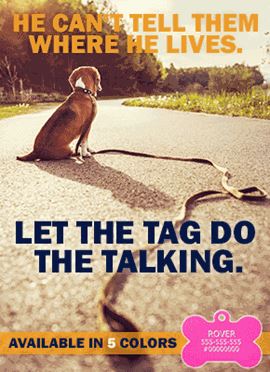
7 Simple Ways to Make Leaving Your Dog at Home Less Painful
Do you remember the moment you first picked up your new puppy? She likely curled up in a ball next to you during the first night in her new home and hasn't left your side since.
Unfortunately, this unbreakable bond between humans and dogs means that they may not always display the best behavior when you're away. There’s no better feeling than having a lifetime companion you can always count on, but you can’t possibly dedicate yourself to your pets 24/7.
While your puppy might be calm and relaxed when you're around, you may realize their tranquility dissolves into a panic the minute you walk away. Not quite sure how to make separating from your dog a little less painful? Follow these simple strategies below to help your furry friend cope better with your absence throughout the day.
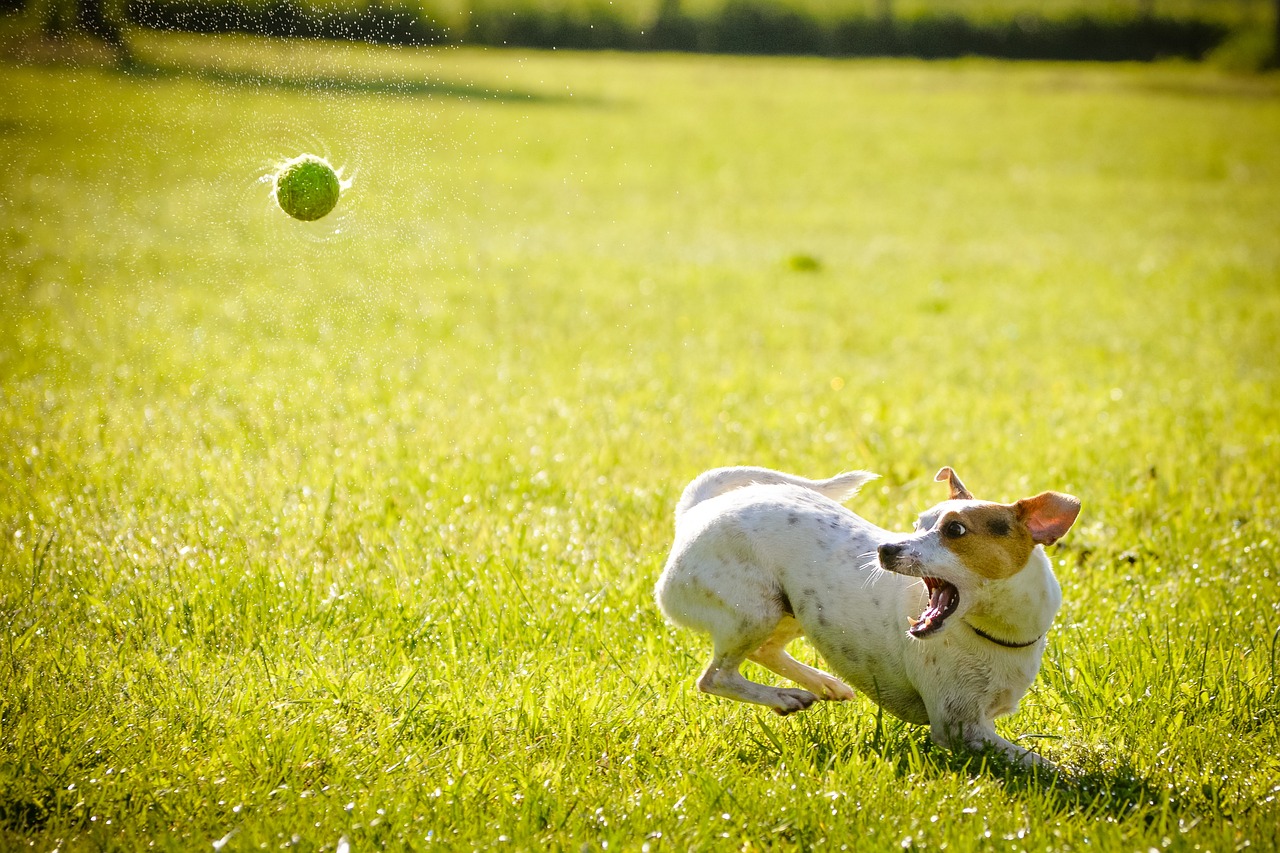
1. Make Exercise a Top Priority
While you’ll often find your dog lazily lounging around the house throughout the day, her ears seem to perk up the minute she hears you grab your keys. Whenever you leave for work or go out to run a few errands, you always find your canine on high alert, which only serves to heighten her anxiety.
Consider taking your dog for a walk right before you head out to work to help her feel more relaxed and at ease when you leave. If you don't have the time to fit in a stroll, make sure to play with your animals for at least 10–15 minutes before you head out the front door. They'll likely nap after playtime and will be less likely to cause a fuss when you're gone.
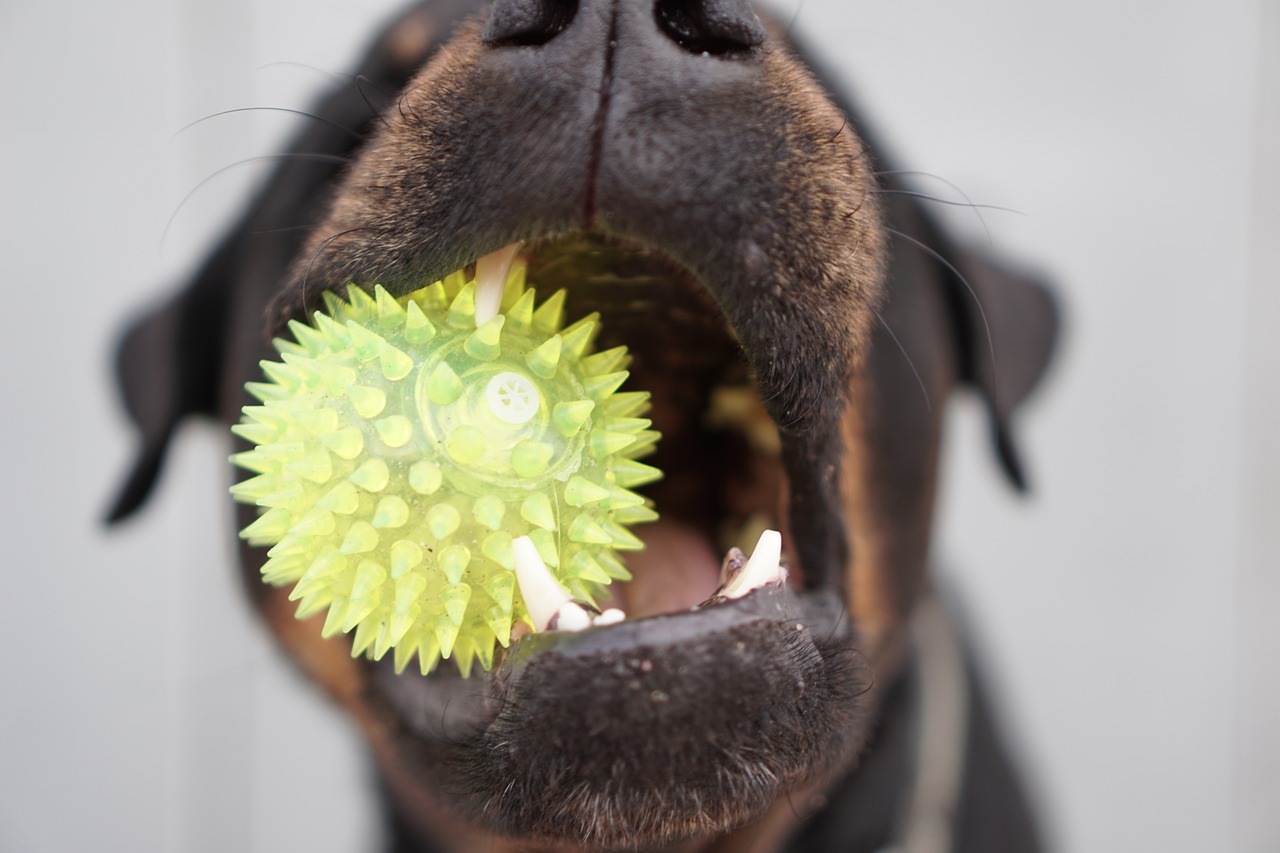
2. Invest in an Engaging Toy
Give your dog a fun treat that allows for hours of playtime or engagement throughout the day. If you find your dog exhibiting any signs of behavioral issues while you’re away, it may because she’s bored and lacking a form of mental stimulation to keep herself busy.
You can quickly turn alone time into a fun event with an engaging toy that keeps your pup occupied for the right reasons. Consider filling a Kong toy full of peanut butter or a delicious treat that will distract your dog during potentially stressful times, such as when you put on your coat to leave for the day. Other puzzle toys for dogs will keep them occupied so they can exert their energy productively as opposed to chewing furniture and causing a mess.
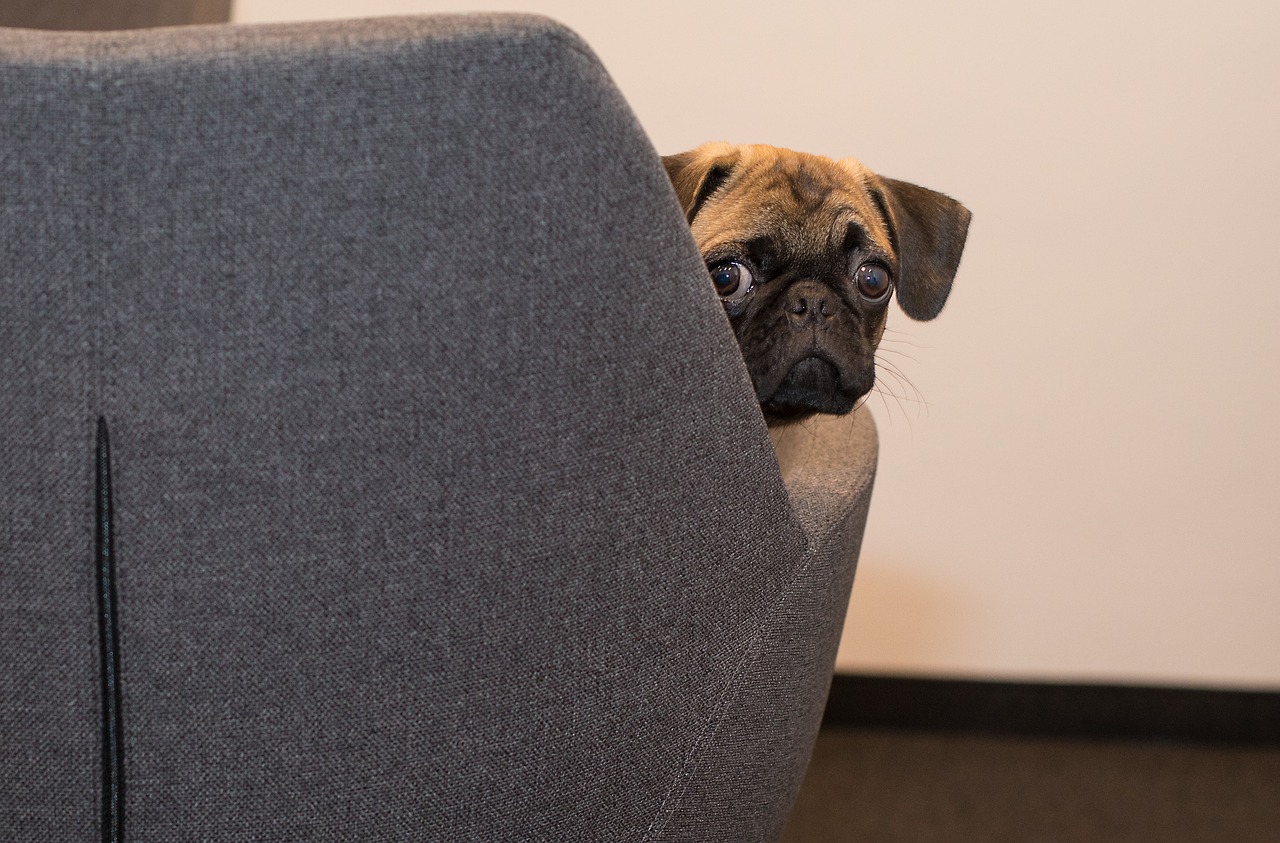
3. Reward, Don’t Punish
After a long day after the office, you may not exactly be thrilled at the idea of coming home to a face full of slobber and excited squeals of joy. While you may quickly find yourself frustrated over your dog’s unwanted behavior, remember to remain positive as your pet works toward changing his or her behavior.
Your disappearance causes a significant impact in your pet's life, even if you're only gone for a matter of hours. She’ll likely find a number of ways to cope with your absence throughout the day. Remember not to yell or punish animals for any bad behavior they exhibit while you're away. Instead, work toward improving the situation and acknowledge improvements so that she will know which actions will be rewarded in the future.

4. Keep Your Dogs Sleeping Space Separate
While it may be tempting to invite your furry friend under the covers to snuggle on a cold winter day, asking a dog into your sleeping space can make it hard for your canine to establish boundaries.
Inviting your pet into your bedroom gives her the impression that you are accessible 24/7. Unfortunately, you will not always have the time to be around your dog throughout the day, so consider placing your pet's bed in a separate area and make your room into a private space.
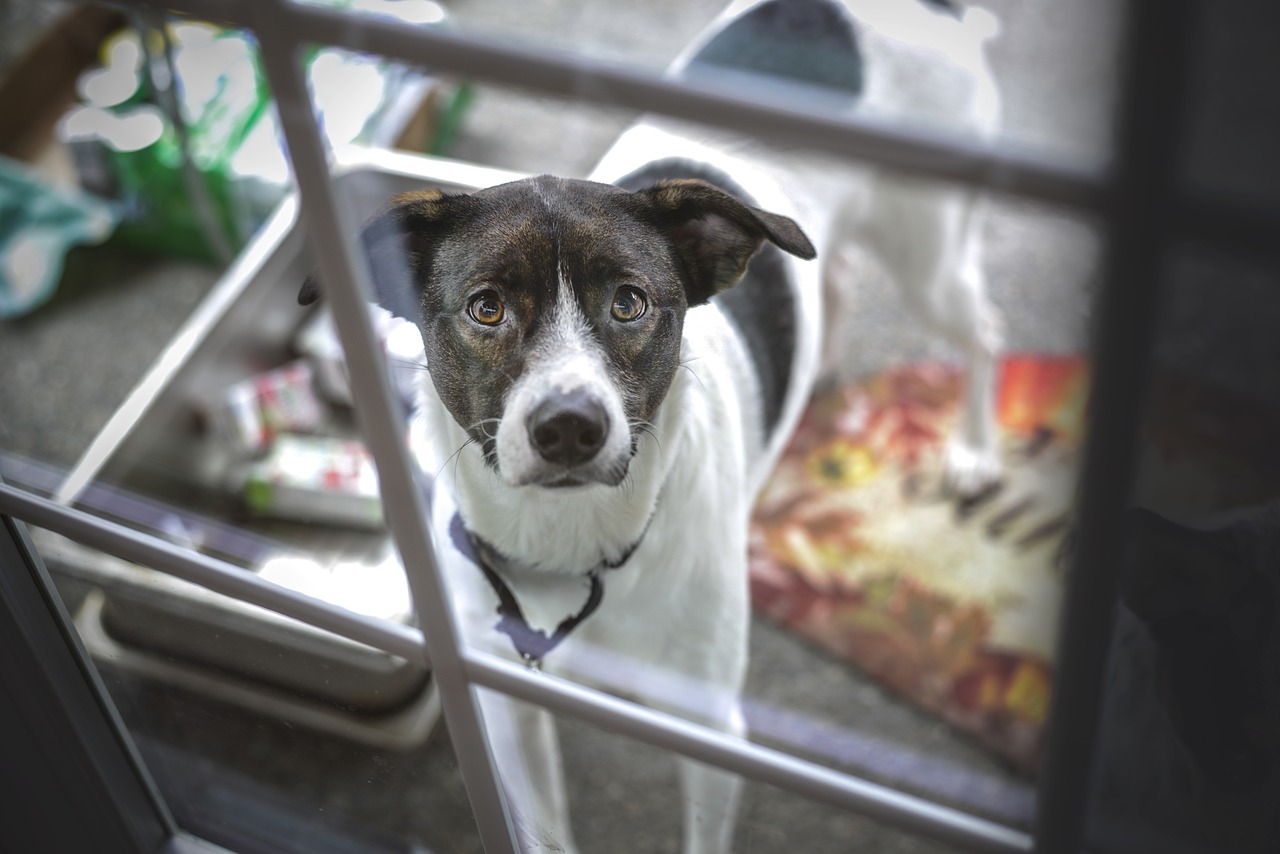
5. Don’t Make Leaving into a Big Deal
We’re all guilty of smothering our furry friends with extra belly rubs before we head out the front door, but you may want to rethink paying extra attention to your dog the next time you leave—or enter—your home.
Dogs possess a similar social system to that of humans, which makes them excellent interpreters of the emotions we exhibit. They know when you're happy, feeling down or excited to see them when you come home. Unfortunately, showing a little too much enthusiasm toward our pets upon arrival or departure ignites even higher levels of excitement on their end. Do not make leaving or coming home into a big deal. Once your dog calms down, acknowledge her and resume the day as usual.

6. Be Present in the Home Even When You Aren't Physically There
Your dog misses you throughout the day. After a few minutes of your absence, she often becomes anxious at the thought of not knowing when you'll next step through the door. While you can't physically be with your pet throughout the day, you can check in on her so she knows you're okay.
Consider investing in a webcam like the Furbo Dog Camera that lets you keep an eye on your furry companions wherever you may be. The accessibility of a doggy-cam means you can be present with your canine remotely by talking to her, seeing her, and dispensing treats even when you're away.

7. Remain Calm and Patient
Recognize that leaving your dog home alone can be a stressful experience that affects the animal to a higher degree than you. If your pet begins to show any of the typical signs of separation anxiety, such as chewing or excessive barking, consult a veterinarian or trainer for further assistance.
Take it as a compliment that your dog misses you so much throughout the day. While she might not know how to express herself fully or constructively, a bit of guidance and productive behavior will go a long way toward getting your dog to be comfortable in your house when you’re away.












